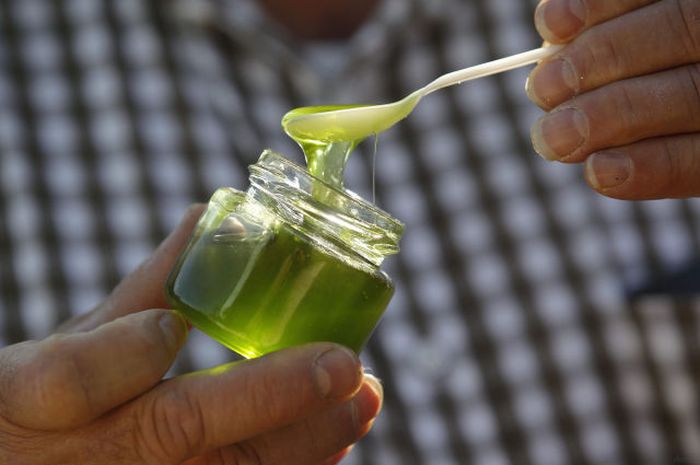|
|
Bees Make A Different Honey, France
|
From 1972 to 2006, there was a dramatic reduction in the number of feral honey bees in the US, which are now almost absent. At the same time there was a significant though somewhat gradual decline in the number of colonies maintained by beekeepers. This decline includes the cumulative losses from all factors, such as urbanization, pesticide use, tracheal and Varroa mites, and commercial beekeepers' retiring and going out of business. However, in late 2006 and early 2007 the rate of attrition reached new proportions, and the term colony collapse disorder was coined to describe the sudden disappearances. After several years of research and concern, a team of scientists headed by Jerry Bromenshenk published a paper in October 2010 saying that a new DNA-based virus, invertebrate iridescent virus or IIV6, and the fungus Nosema ceranae were found in every killed colony the group studied. In their study they found that neither agent alone seemed deadly, but a combination of the virus and Nosema ceraneae was always 100% fatal. Bromenshenk said it is not yet clear whether one condition weakens the bees enough to be finished off by the second, or whether they somehow compound the other’s destructive power. "They're co-factors, that’s all we can say at the moment. They’re both present in all these collapsed colonies." Investigations into the phenomenon had occurred amidst great concern over the nature and extent of the losses. In 2009 some reports from the US suggested that 1/3 of the honey bee colonies did not survive the winter, though normal winter losses are known to be around 25%.At the end of May 2012, the Swiss government reported that about half of the bee population had not survived the winter. The main cause of the decline was thought to be the parasite varroa.
Apart from colony collapse disorder, many of the losses outside the US have also been attributed to other causes. Pesticides used to treat seeds, such as Clothianidin and Imidacloprid, have been considered prime suspects. Other species of bees such as mason bees are increasingly cultured and used to meet the agricultural pollination need.
Native pollinators include bumblebees and solitary bees, which often survive in refuges in wild areas away from agricultural spraying, but may still be poisoned in massive spray programs for mosquitoes, gypsy moths, or other insect pests. Although pesticide use remains a concern, the major problem for wild pollinator populations is the loss of the flower-rich habitat on which they depend for food. Throughout the northern hemisphere, the last 70 or so years have seen an intensification of agricultural systems, which has decreased the abundance and diversity of wild flowers.
Legislation such as the UK's Bees Act 1980 is designed to stop the decline of bees.
|
|









